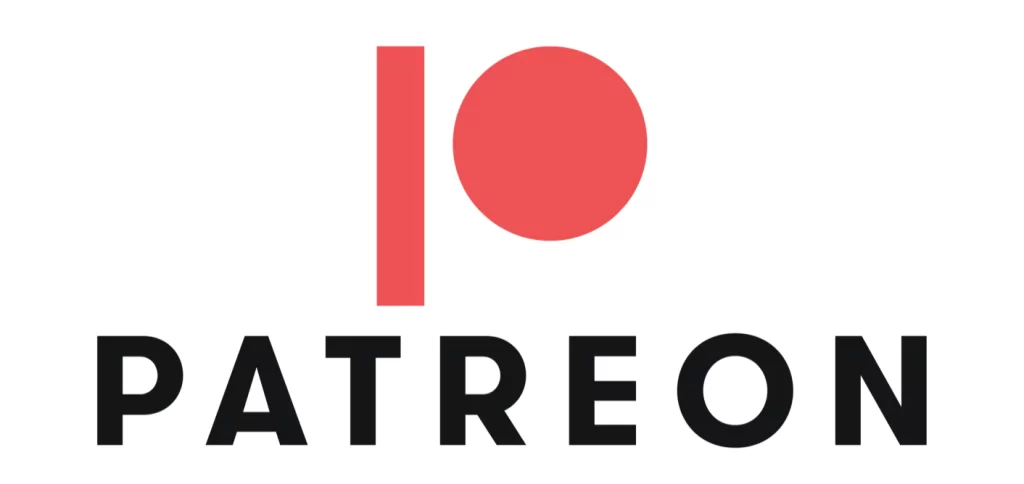Patreon, a popular platform for creators to receive financial support from their audience, is often surrounded by myths and misconceptions regarding how much creators can actually earn.
Today we have listed out the Myths About Patreon Earnings.
Here are some Myths About Patreon Earnings
1. All Creators Make a Lot of Money
Reality: While some top creators earn substantial amounts, the majority earn modestly. According to Patreon, the platform’s median income is much lower than the high-profile cases often highlighted in media.
2. Patreon Alone Can Sustain a Creator’s Career
Reality: While some creators may make enough on Patreon to focus on it full-time, many use it as one part of a diversified income strategy. Revenue streams might also include ad revenue, sponsorships, merchandise sales, and more.
3. Patreon Growth is Rapid and Linear
Reality: Growth on Patreon is often slow and incremental. Many creators experience fluctuations in their patron count and earnings. Success on the platform usually comes after building and nurturing a loyal community over time.
4. Patreon Takes a Huge Cut of Earnings
Reality: Patreon charges a fee, but it’s relatively modest compared to other platforms. As of 2023, Patreon offers three plans: Lite (5% fee), Pro (8% fee), and Premium (12% fee). Additionally, there are processing fees for payment transactions. Creators retain the majority of their earnings.
5. Once Patrons Join, They Stay Forever
Reality: Patron turnover is a reality. People may stop supporting creators for various reasons, including financial constraints, loss of interest, or dissatisfaction with the content. Creators need to constantly engage and provide value to retain their patrons.
6. You Need Thousands of Patrons to Be Successful
Reality: The number of patrons needed for success varies depending on the creator’s goals and the level of support from each patron. Some creators thrive with a small, dedicated base of high-contributing patrons, while others may need a larger audience providing smaller contributions.

